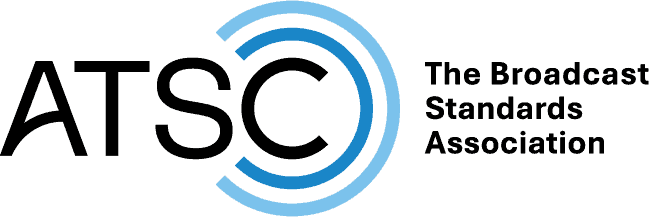- About
- Members
- Sponsors
- Subcommittees
- Technical Documents
- News
- Events
- Spotlight ATSC 3.0
- Contact Us
- Member Login
- Member Meetings
- Advanced Search
Search Site
Member Links
- About
- Members
- Sponsors
- Subcommittees
- Technical Documents
- News
- Events
- Spotlight ATSC 3.0
- Contact Us
- Member Login
- Member Meetings
- Advanced Search
INTERNATIONAL UPDATE: Road to ATSC 3.0 Runs Through Asia
Posted on December 4, 2018 in ATSC News
On the heels of ATSC 3.0’s road trip in South America this summer, the Road to ATSC 3.0 ran through Asia this fall.
In November, the ATSC and TSDSI, India’s telecom standards development organization, co-hosted the Convergence of Broadcast and Broadband conference in New Delhi. TSDSI Director General Pamela Kumar and ATSC President Mark Richer welcomed the delegates, which included speakers from 11 ATSC member companies. 
The workshop focused on the explosive growth of mobile video, especially in India, which is now home to more than a billion mobile phone subscribers. This is creating a strong interest in efficient solutions to carry data traffic while continuing to provide a high-quality user experience. With an eye to this goal, the workshop explored the capabilities of one-to-many broadcasts of live news, sports, entertainment and data distribution as a means to offload traffic from cellular to broadcast digital TV.
A dedicated Convergence Focus Group was established by TSDSI to develop an action plan to achieve convergence of broadcast and broadband. The ATSC looks forward to continuing to support and collaborate with TSDSI as they explore a converged broadcast-broadband solution.
Members of the ATSC Board of Directors also traveled to Asia in November, visiting China and South Korea. In addition to Richer and Technology Group Chair Madeleine Noland, the ATSC was represented by board members including NAB’s Lynn Claudy, Dolby’s Craig Todd, Pearl TV’s Anne Schelle, LG’s Dr. Jong Kim, Samsung’s Jon Fairhurst and CRC’s Dr. Yiyan Wu.
In Shanghai, the ATSC was hosted by NERC-DTV. Meetings with a number of Chinese television manufacturers and silicon suppliers focused on the status of ATSC 3.0 including service in South Korea as well as deployments, tests and trials in the United States. Consumer research and broadcaster business models were also discussed. NERC demonstrated several technologies, including the newest ATSC Standard, A/323, Dedicated Return Channel for ATSC 3.0.
In South Korea, board members met with senior executives and technologists at Samsung in Suwon and LG Electronics in Seoul. These productive meetings covered topics ranging from the Next Gen TV rollout progress in the U.S., receiver development, and alternate uses of ATSC 3.0, such as datacasting.
ETRI also hosted the group on the island of Jeju off the southern coast of the Korean peninsula. Jeju is the home of a two-transmitter single-frequency network ATSC 3.0 test station managed by ETRI. Robust discussions covered Korean ATSC 3.0-related projects, including a nationwide SFN design, distributing ATSC 3.0 within large apartment buildings, SHVC applications, advanced emergency messaging and more.
ETRI demonstrations included a driving trial illustrating the integrated use of LDM and SHVC to facilitate a seamless hand-off between broadcast and broadband signals to provide HD and UHD service as the over-the-air signal strength varied along the route.
Posted in ATSC News
News Categories
News Archives
Subscribe
Subscribe to The Standard, our monthly newsletter. Learn More
Join ATSC
ATSC is a membership organization with both voting and observer categories. Voting members include corporations, nonprofit organizations, and government entities, and they participate actively in the work of ATSC. Observers are individuals or entities not eligible to be a voting member.
Subscribe to our Newsletter
Subscribe to The Standard, our monthly newsletter, to stay up-to-date with ATSC news and events around the world.
Site Links
Contact Us
Advanced Television Systems Committee, Inc.
1300 I Street NW, Suite 400E
Washington, DC 20005
Do you have questions about ATSC?
About ATSC
The Advanced Television Systems Committee, Inc., is an international, non-profit organization developing voluntary standards and recommended practices for digital terrestrial broadcasting. ATSC member organizations represent the broadcast, broadcast equipment, motion picture, consumer electronics, computer, cable, satellite, and semiconductor industries. ATSC also develops digital terrestrial broadcasting implementation strategies and supports educational activities on ATSC standards.
© 2025 ATSC














































